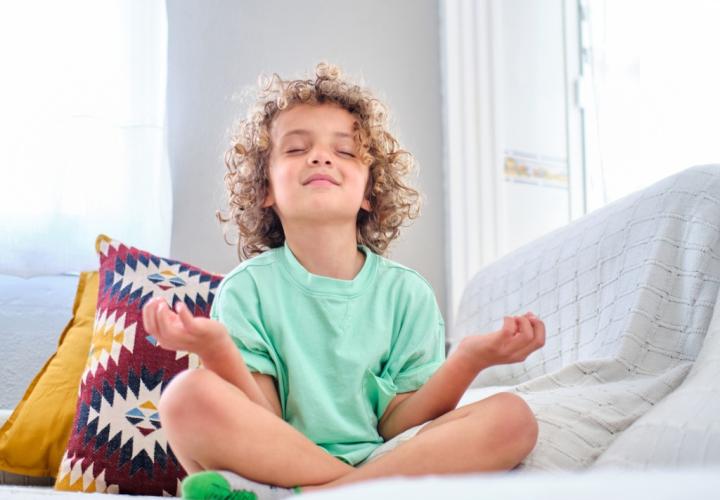The five senses
4. The “54321” technique
This exercise is great to help kids be present in their bodies and space. Have your child find, or describe:
- 5 objects they can see right now.
- 4 objects they can feel or touch right now.
- 3 things they can hear right now.
- 2 things they can smell right now.
- 1 thing they can taste right now.
5. Mindful baking
Put on soothing music and lead your child through baking or cooking something simple, like cookies or a pizza.
- Have your child count out quantities, and show them how to carefully measure ingredients.
- Point out the tactile sensation of kneading or rolling out dough. (This is especially great for kids who are working on fine motor skills, including kids with special needs.)
- Savor the aroma of baking, and the taste of the delicious results.
- You can even turn it into an opportunity for compassion (a focus of many mindful practices): Make an extra batch to drop off with an isolated neighbor, or to set out with a thank-you note for a delivery person.
>Related: Recipes the Whole Family Can Make Together
6. Nature walk
If you have access to someplace green, take your child for a walk in nature.
- What do you hear?
- What do you see that’s growing?
- Touch the rough bark of a tree trunk, or collect acorns or leaves. How does it feel?
- Rub a pine needle. How does it smell?
- Return regularly, and observe the small and big changes – what new sounds can you hear; what new green things are growing? Bring in the lesson that change is always happening, and that the earth continues its cycle, no matter what is going on in our lives.
>Related: Stay Active, Even in Cold Weather
